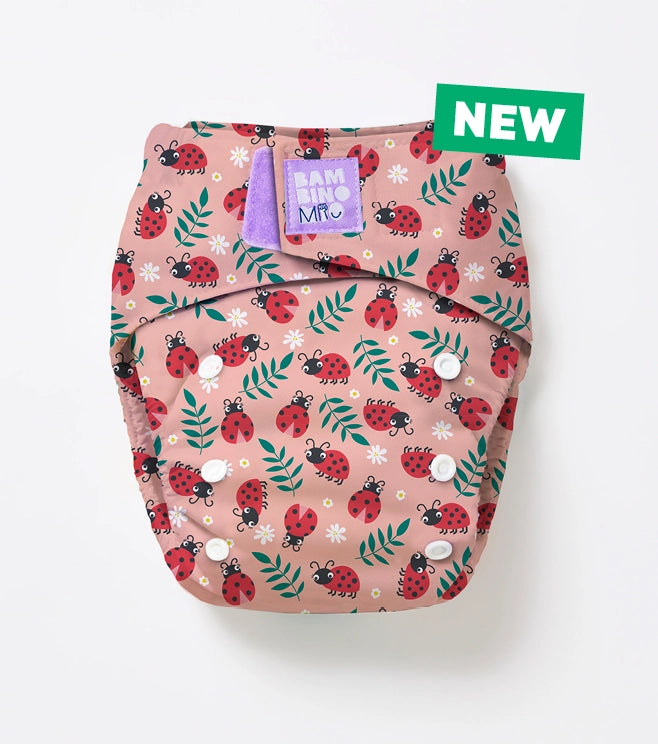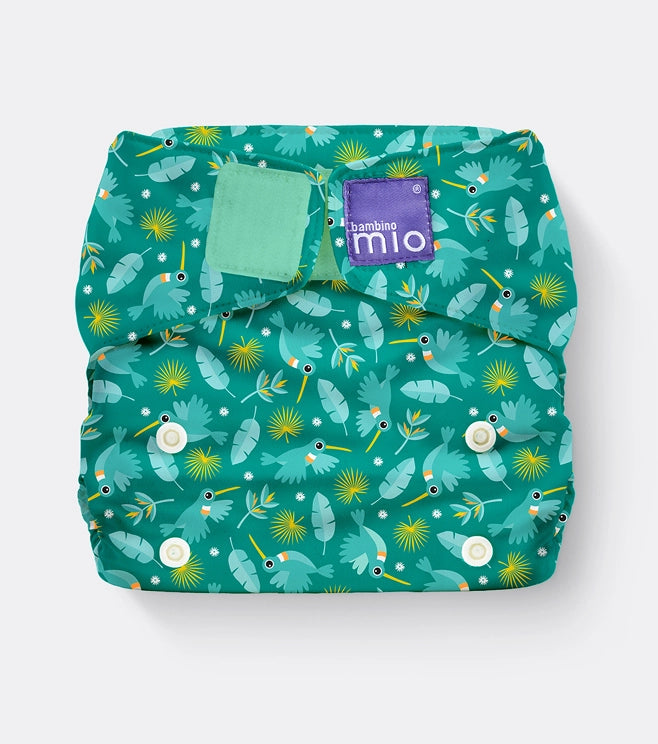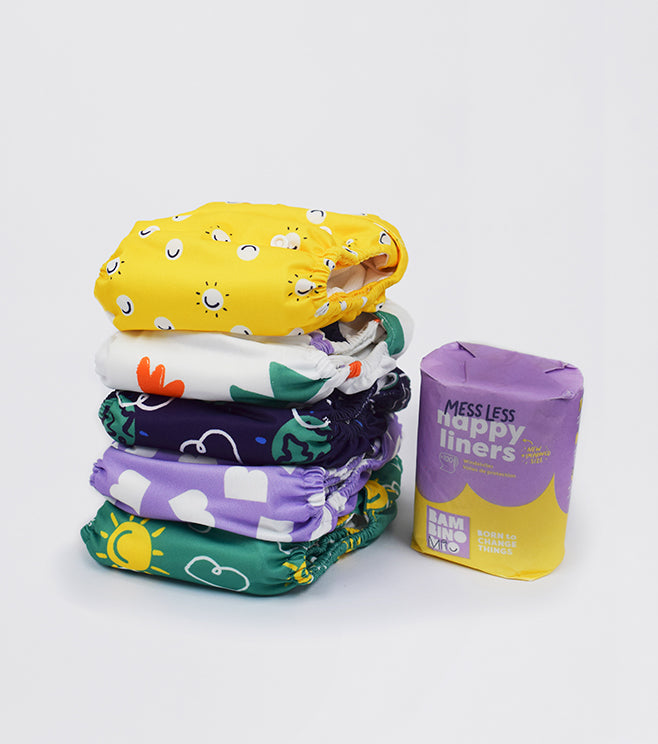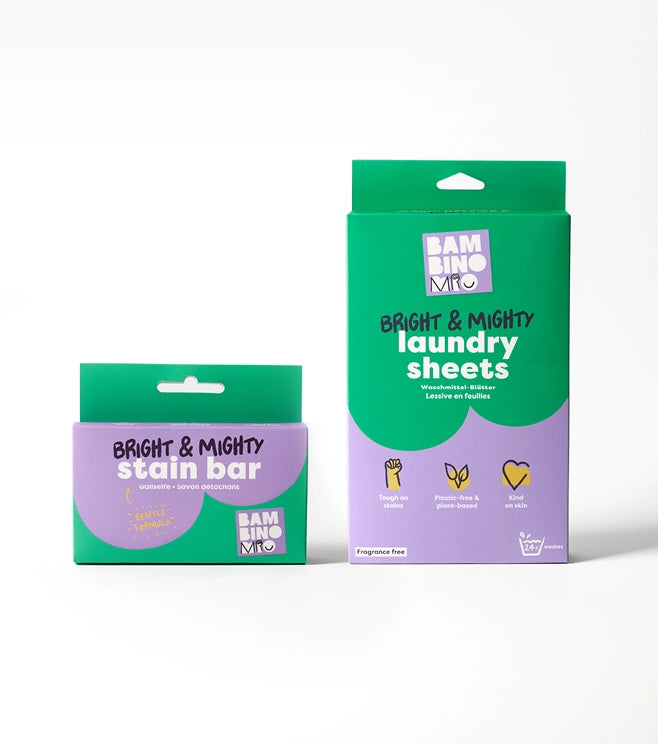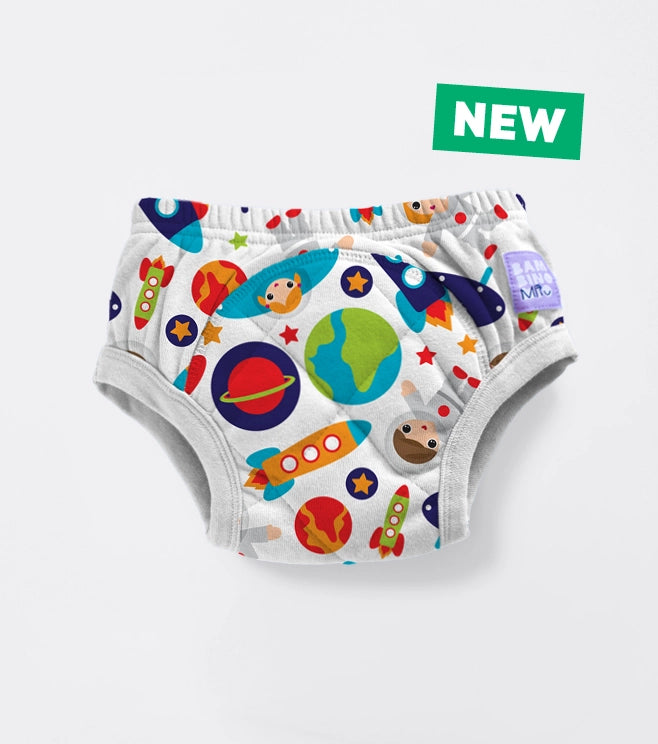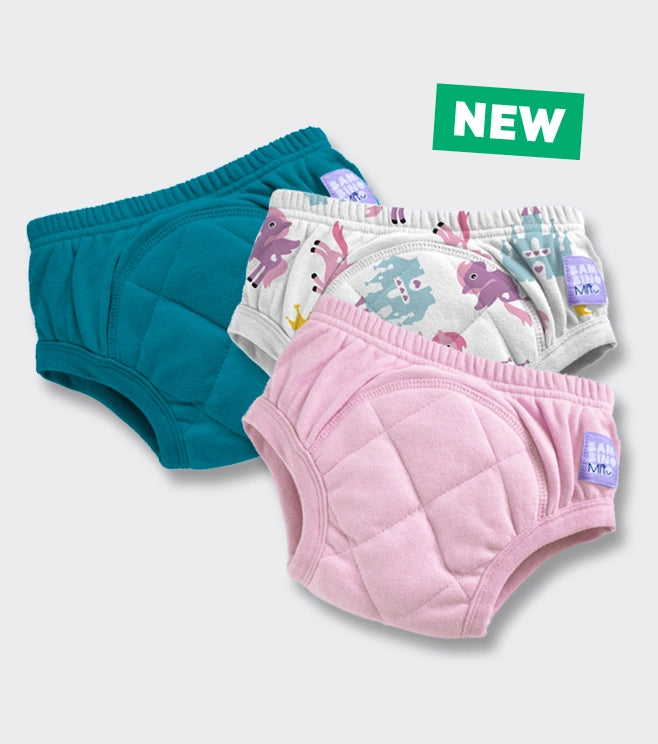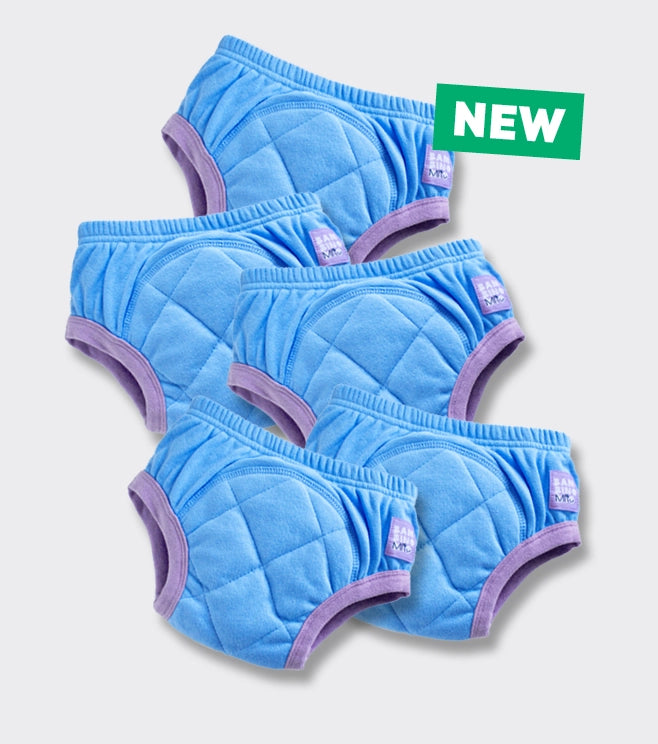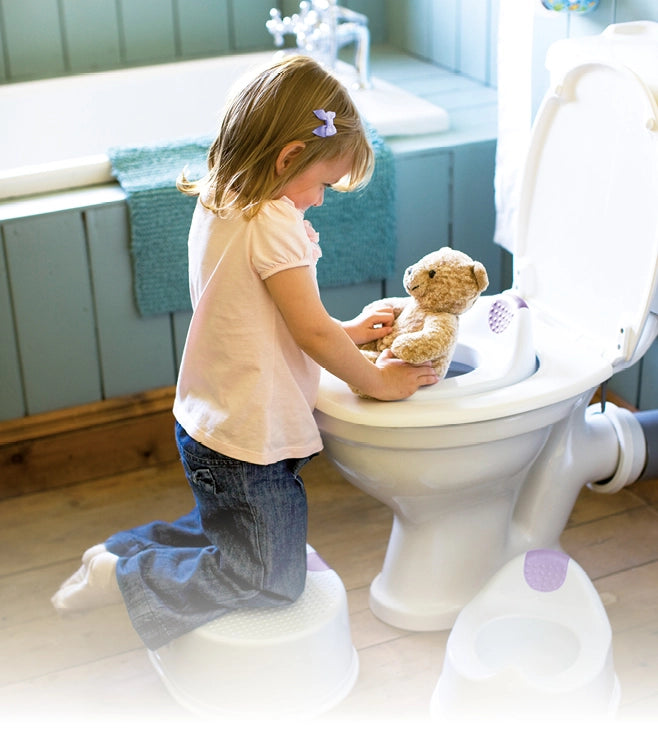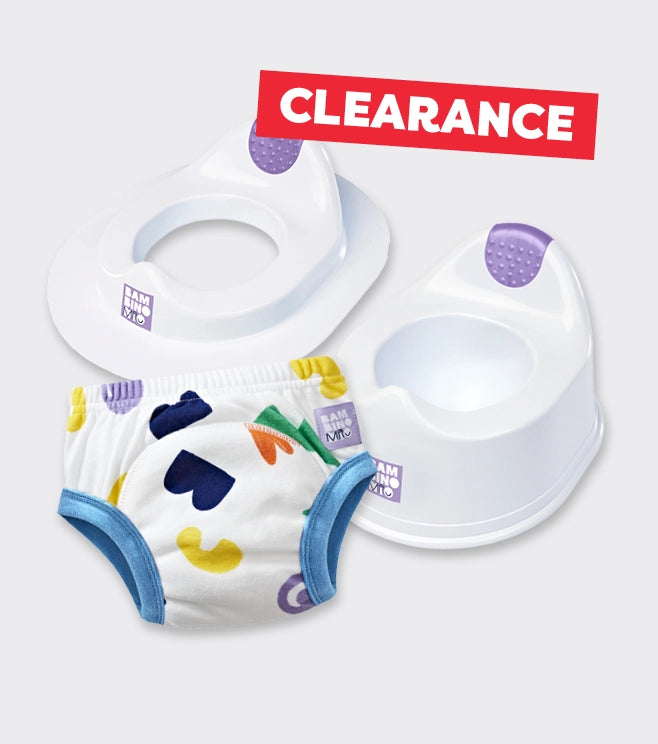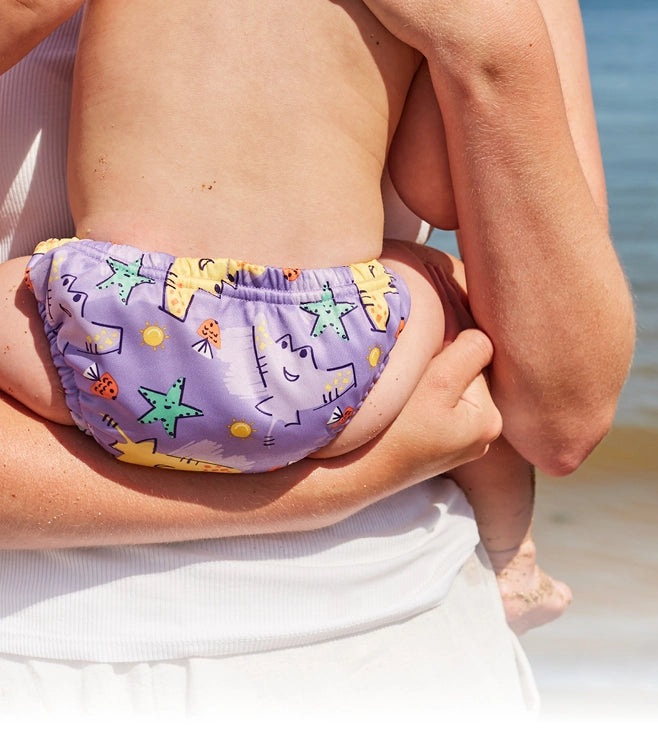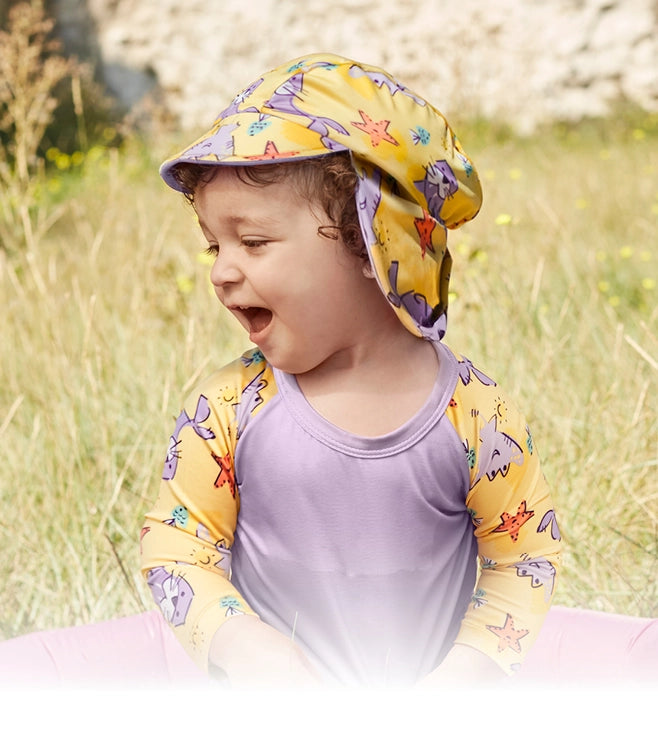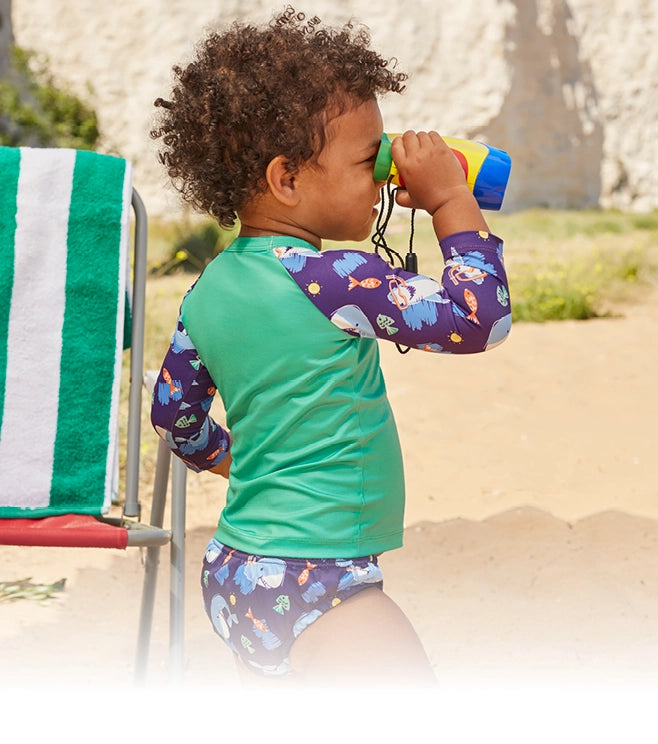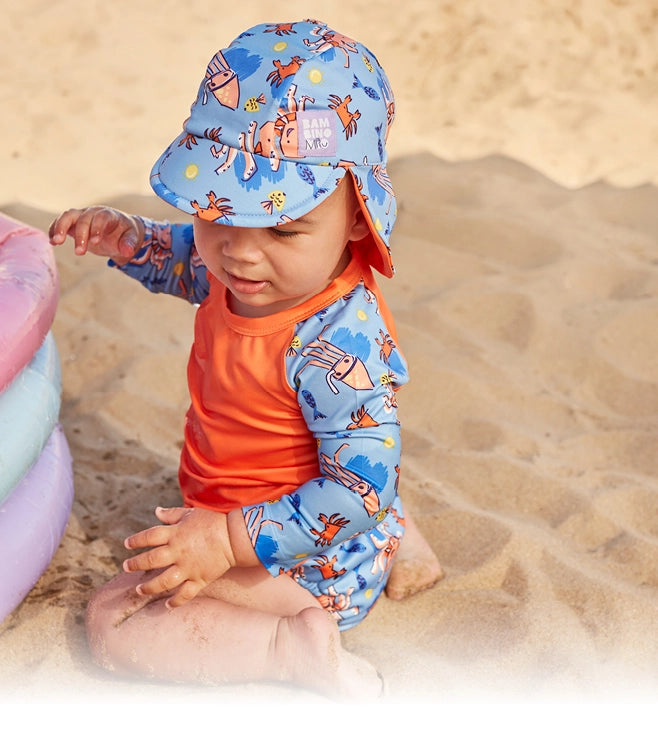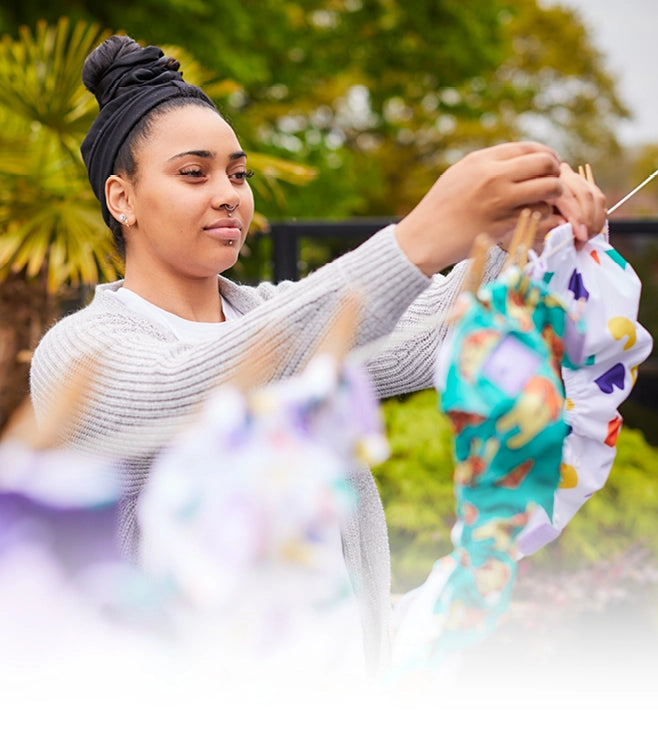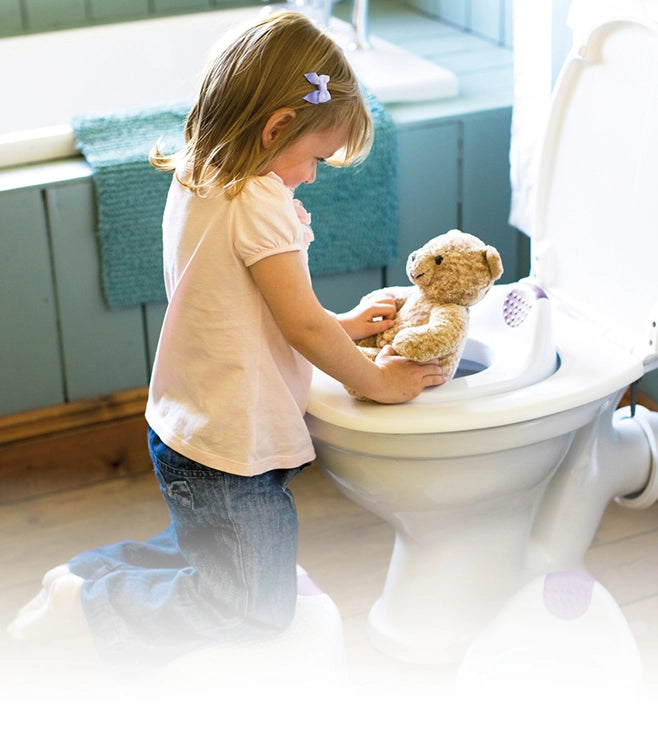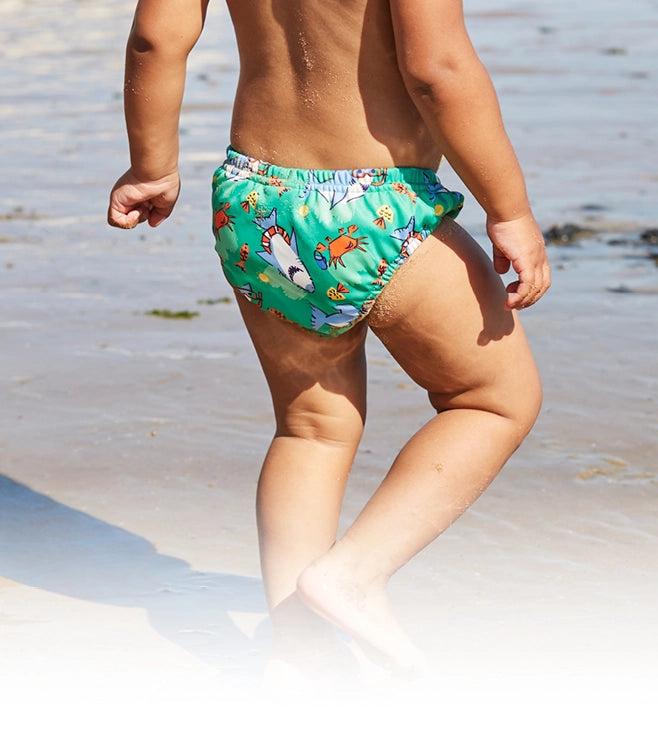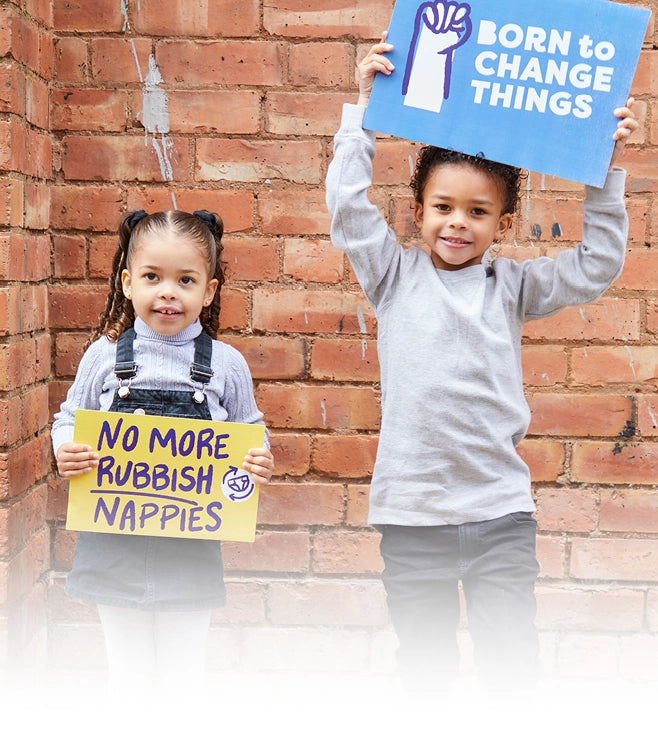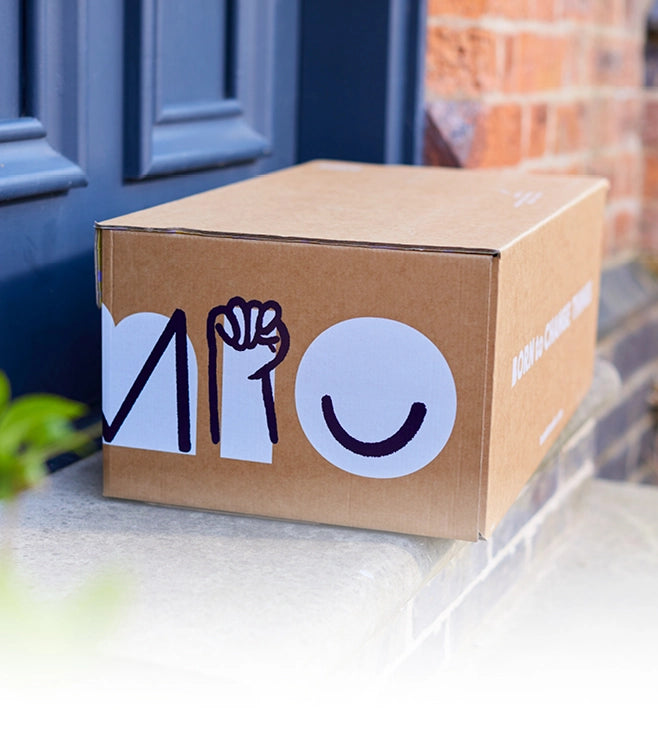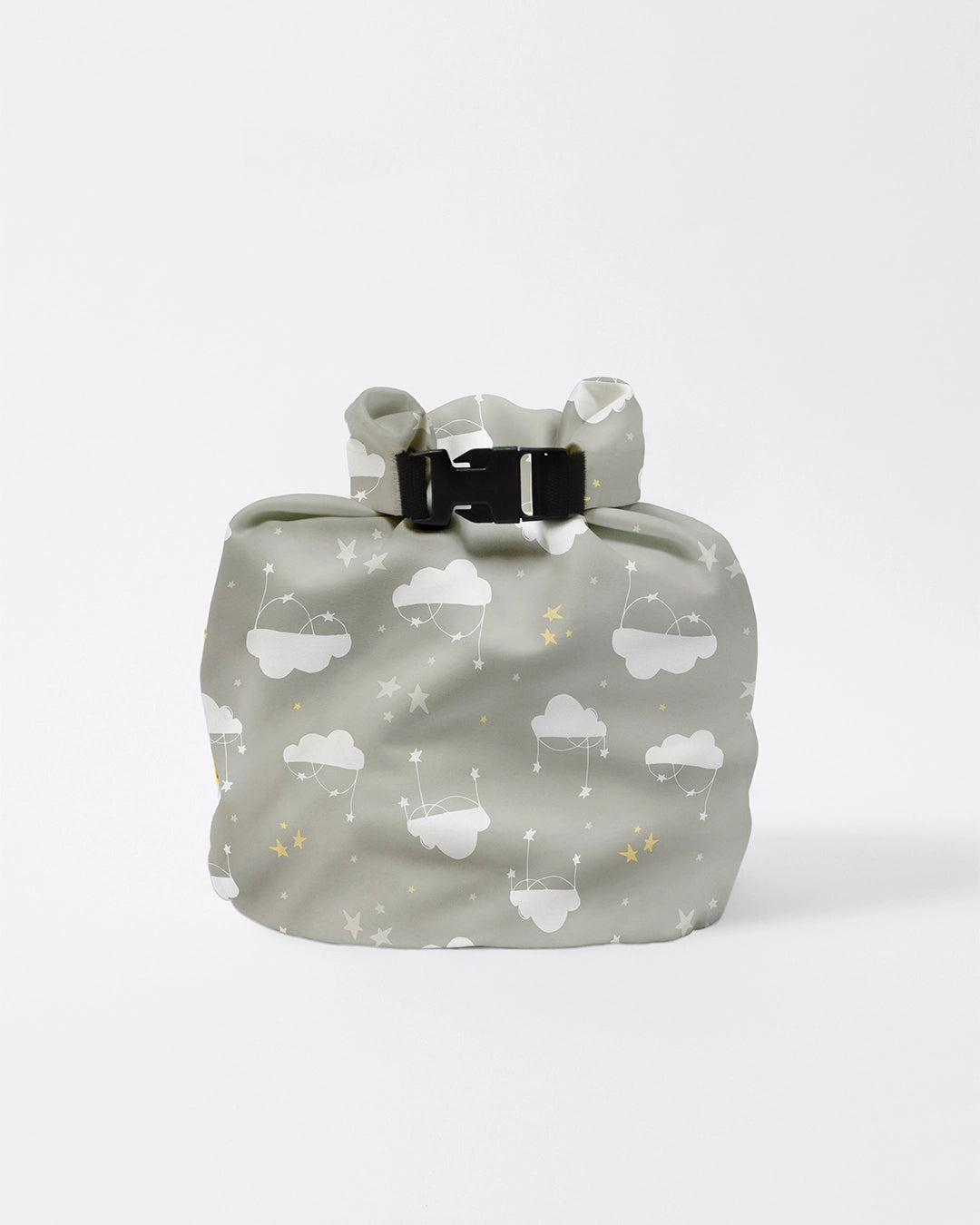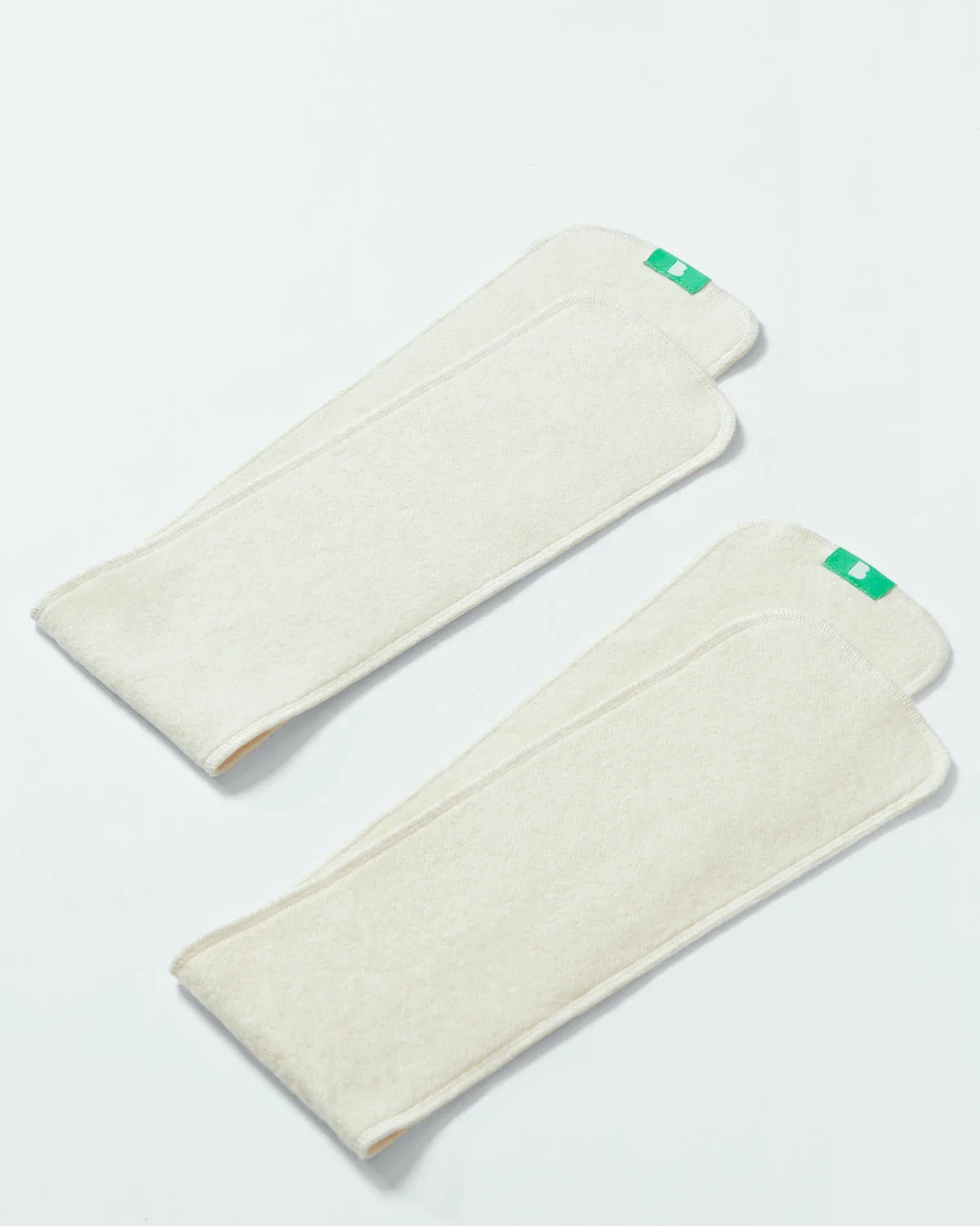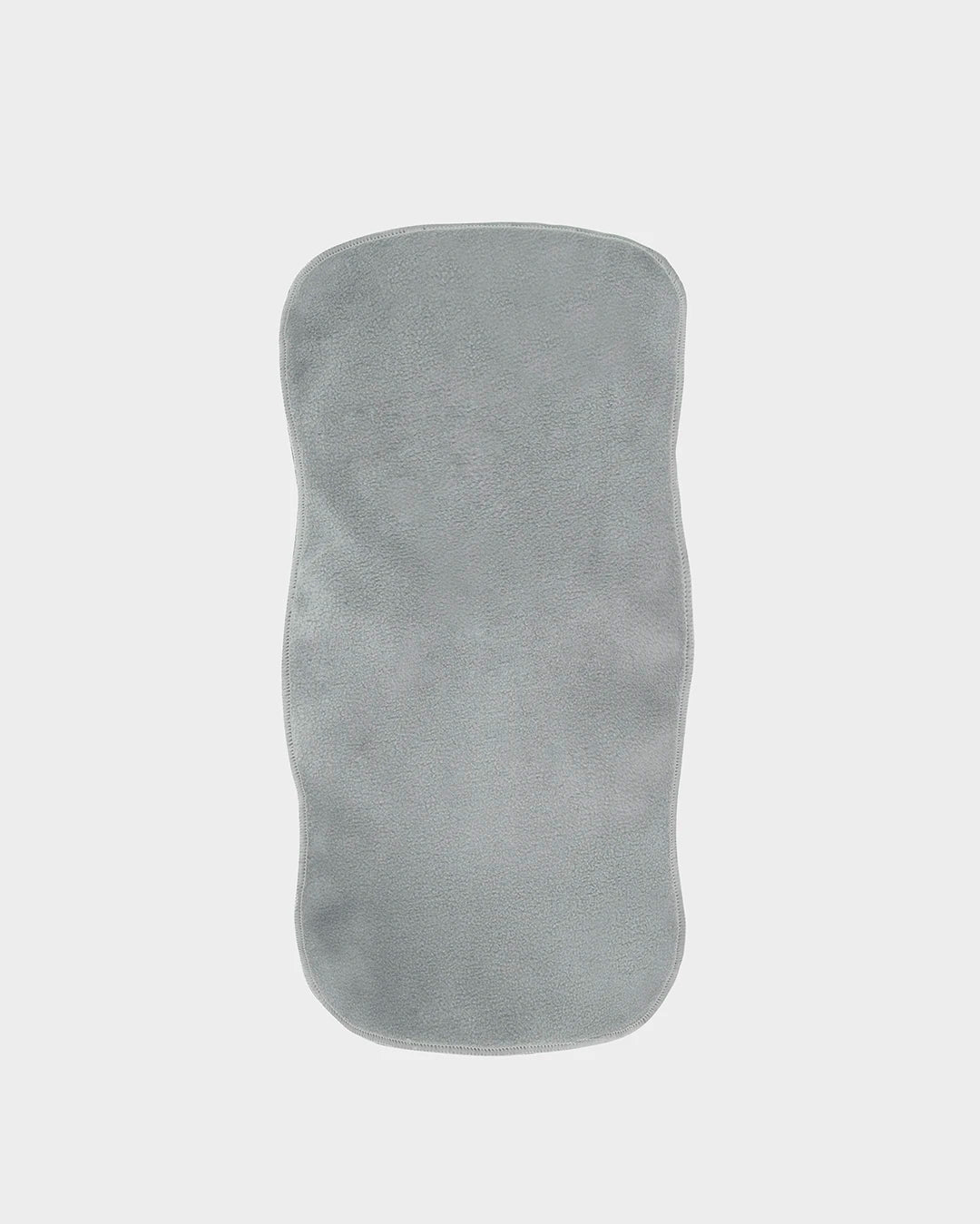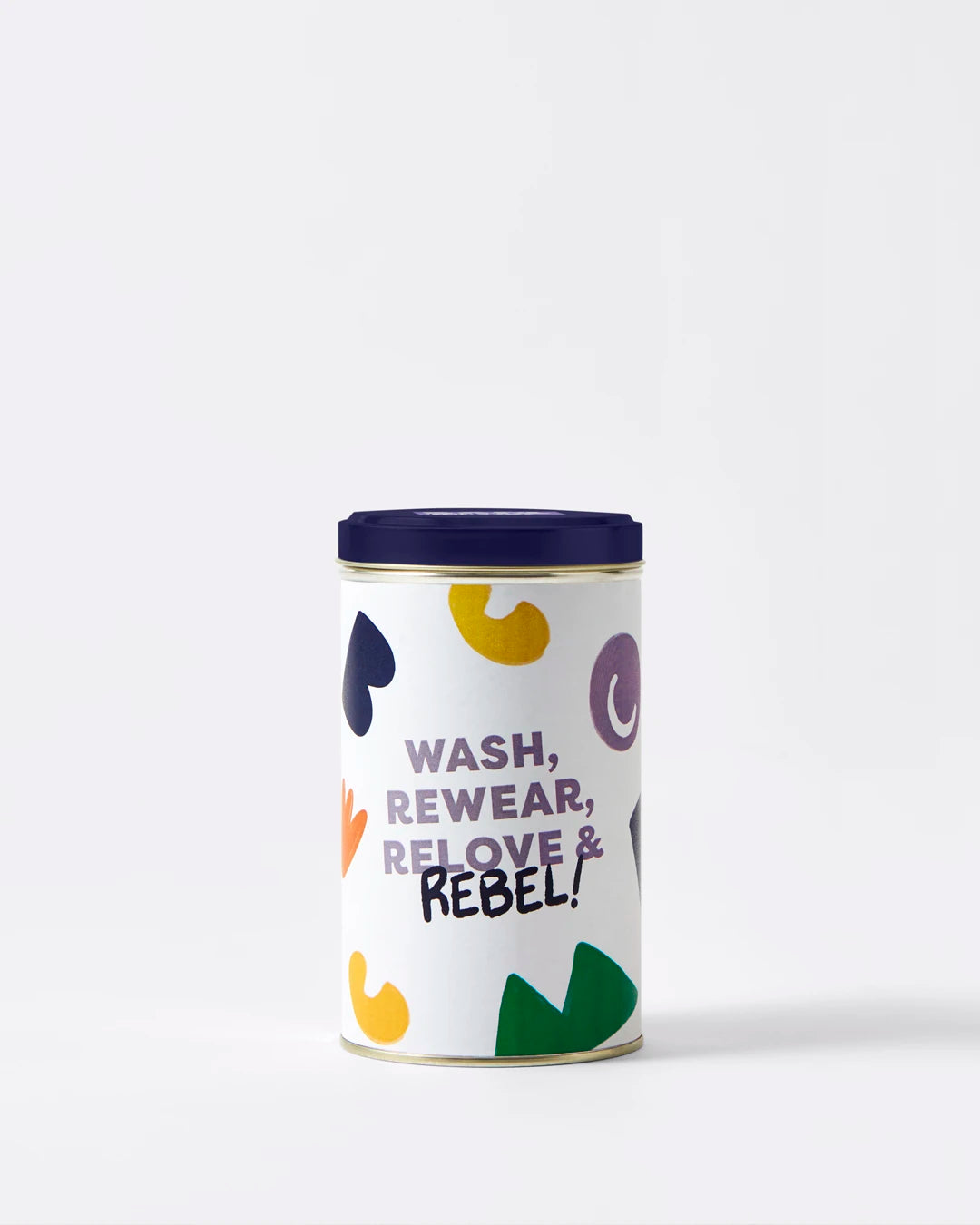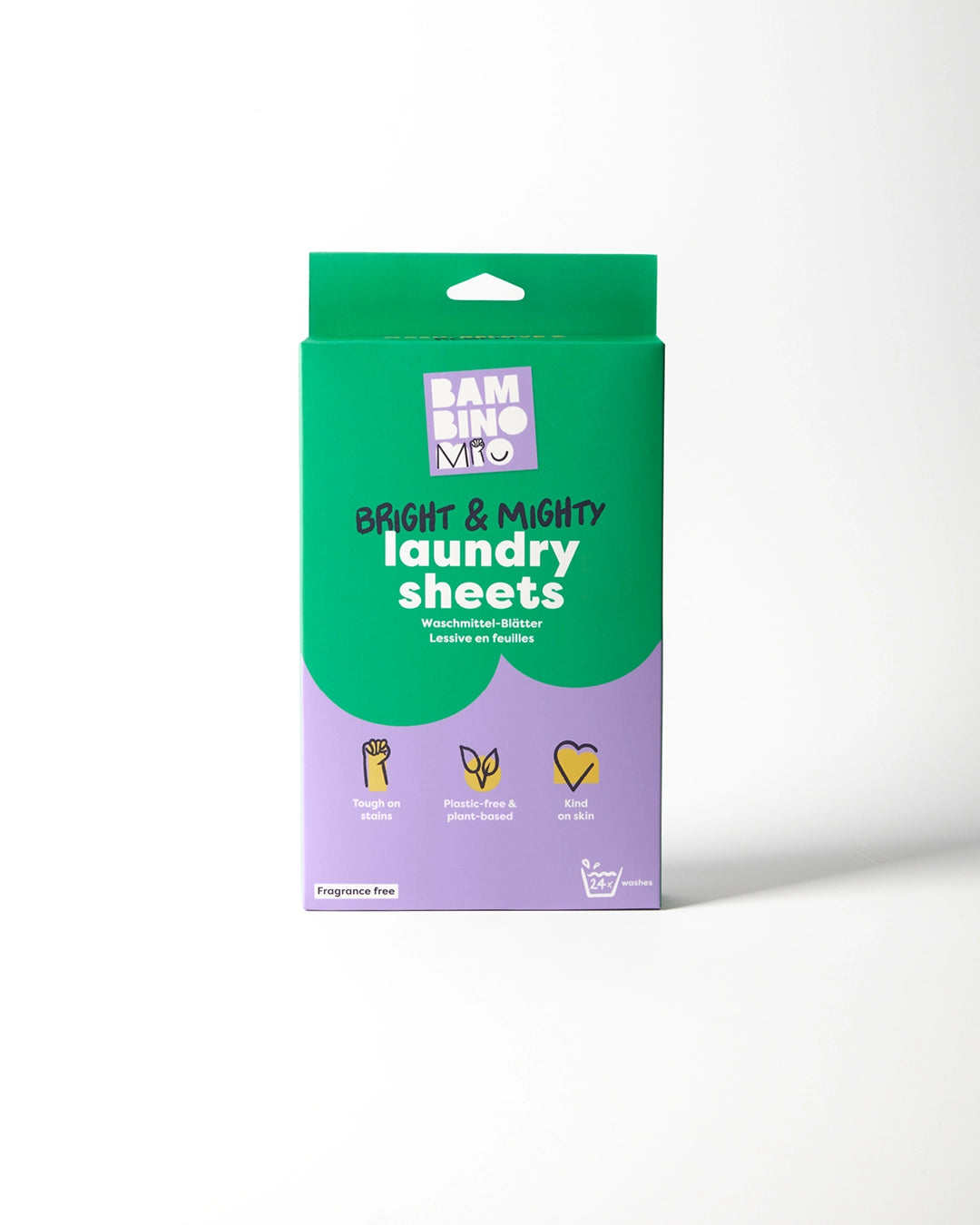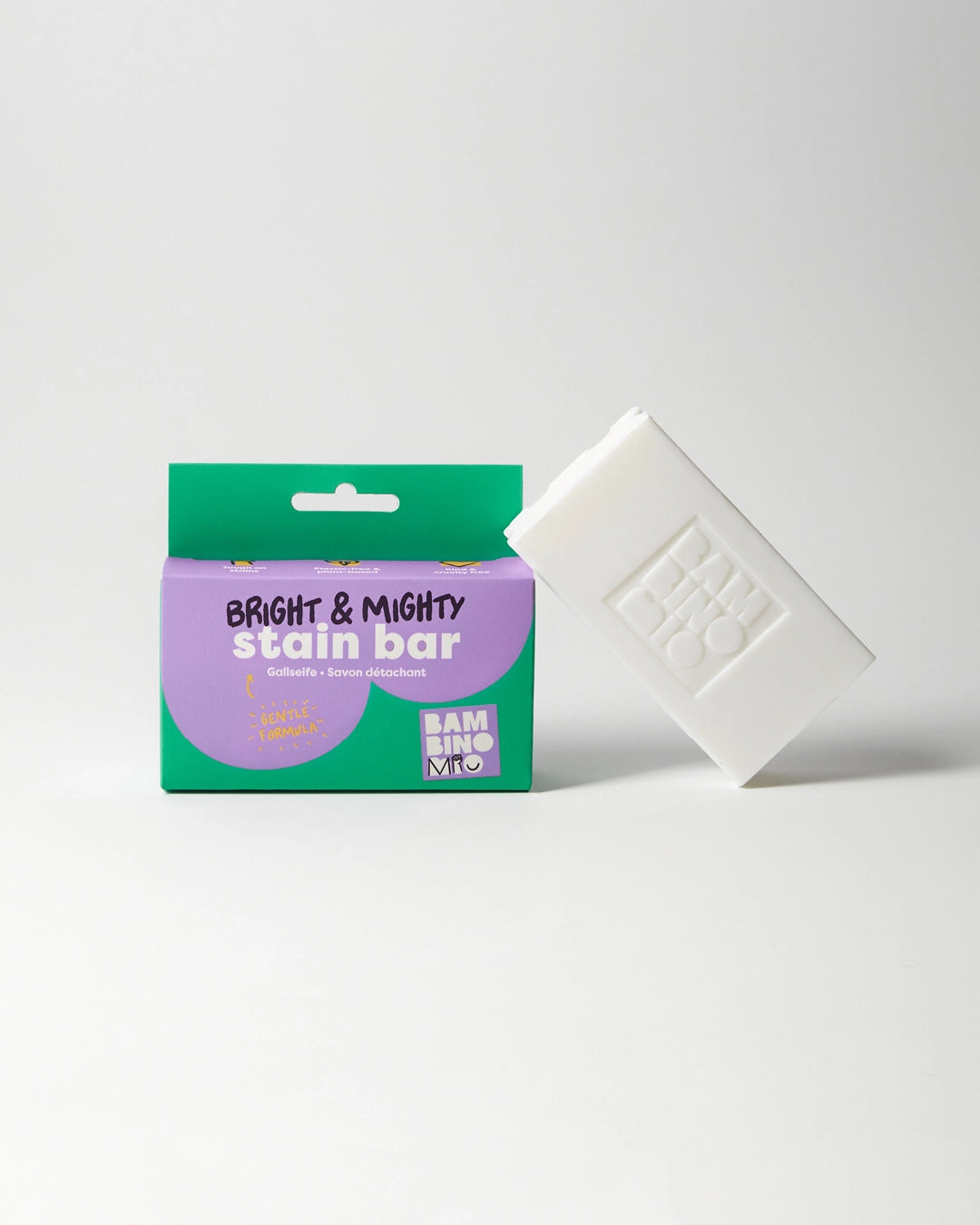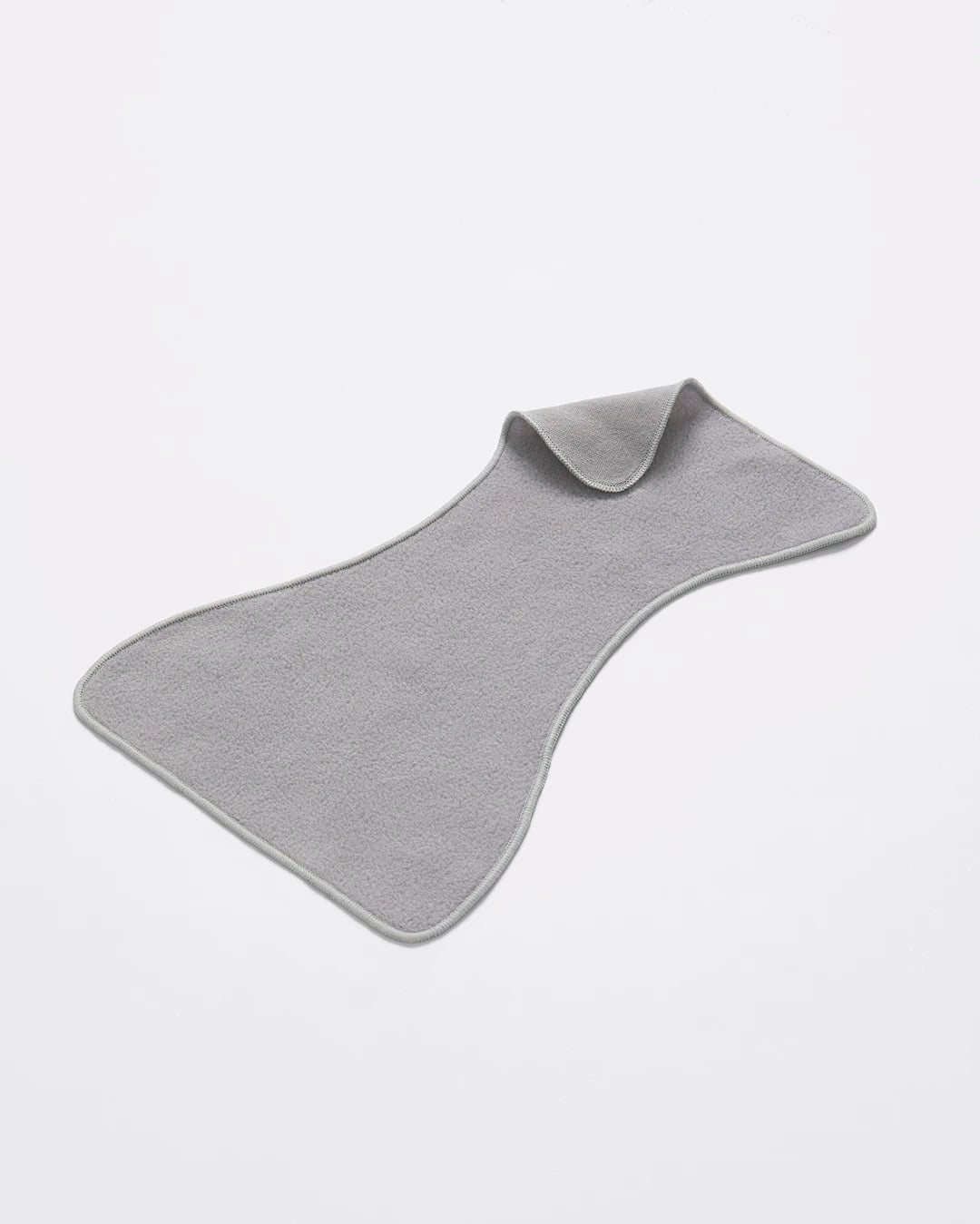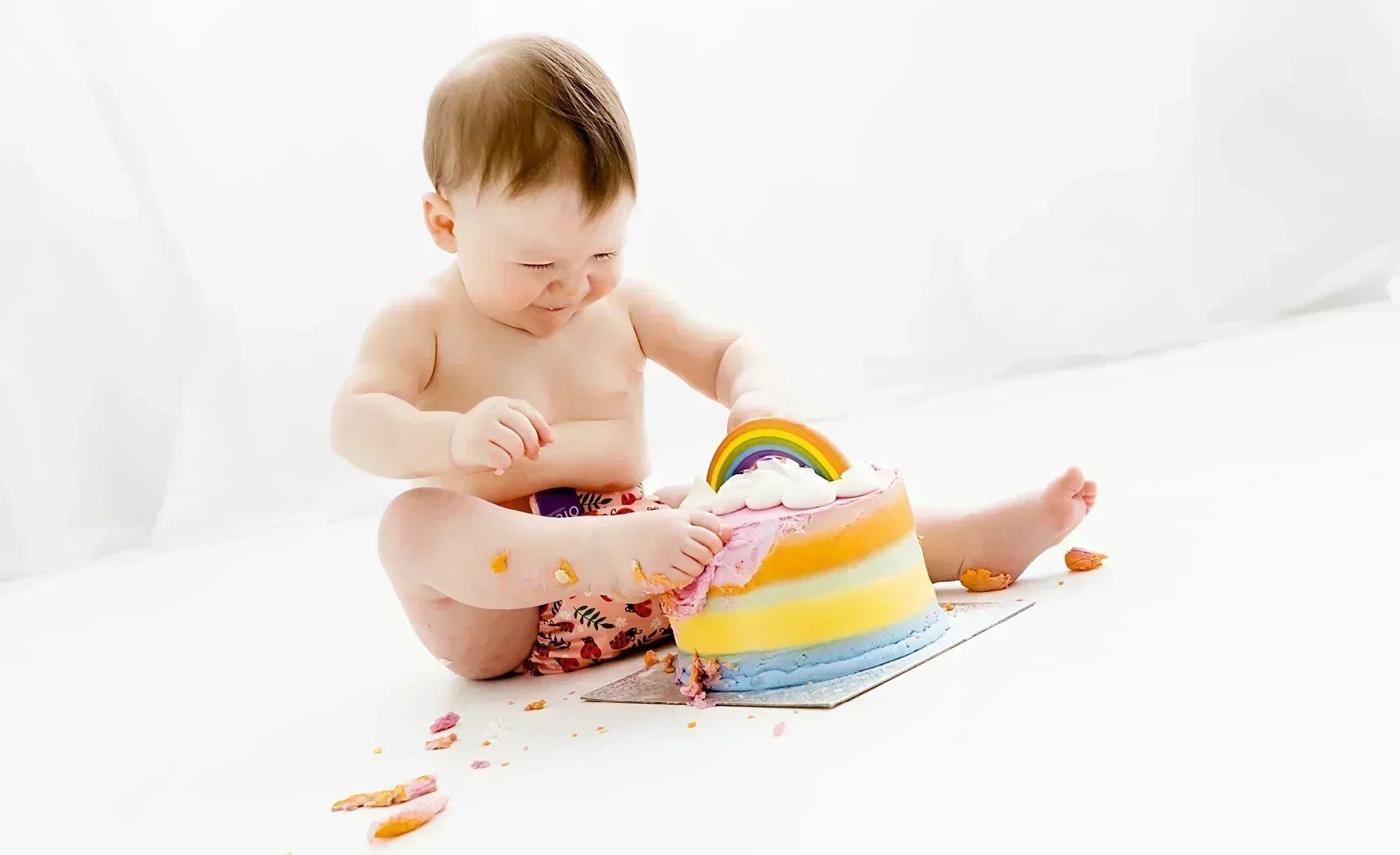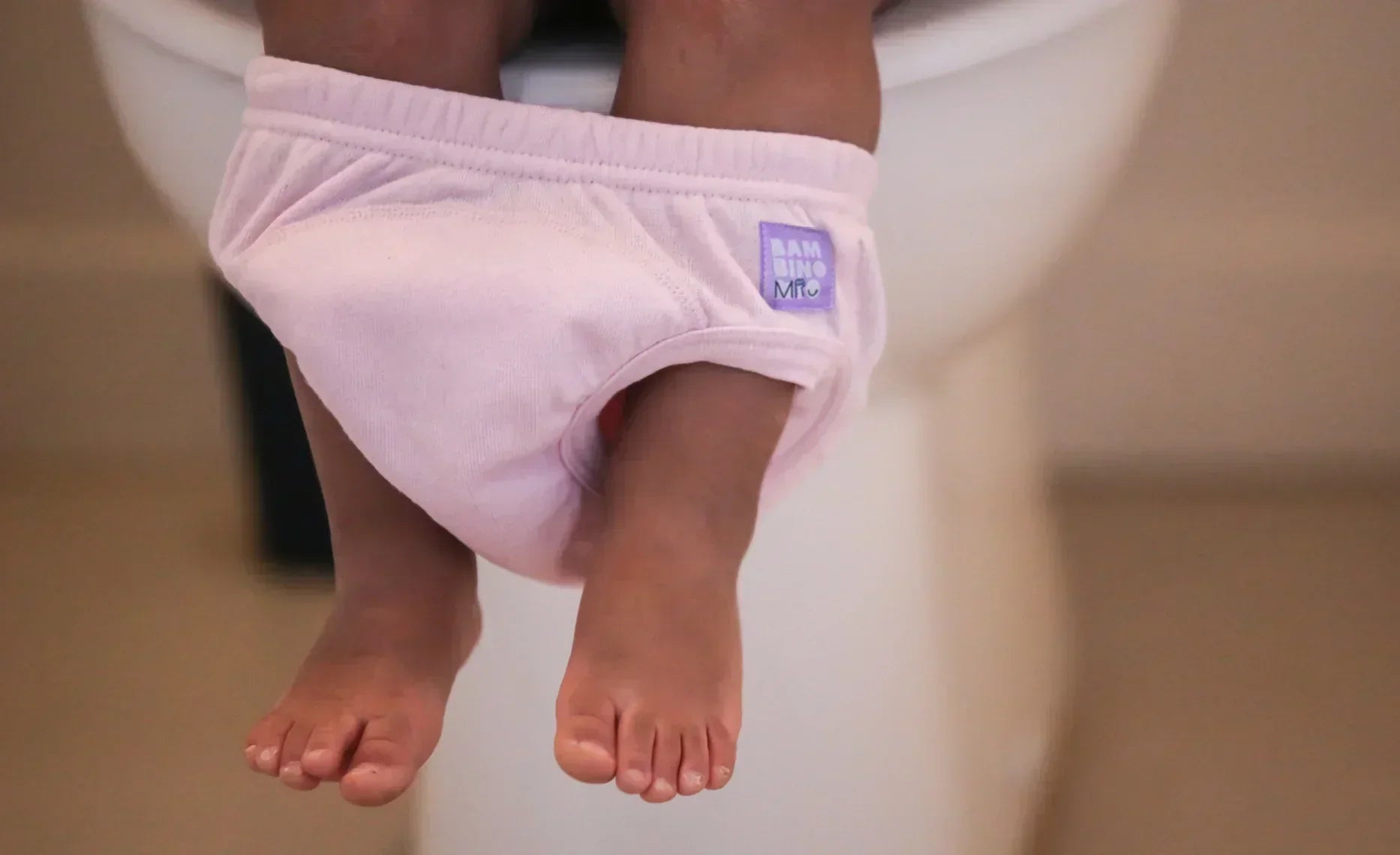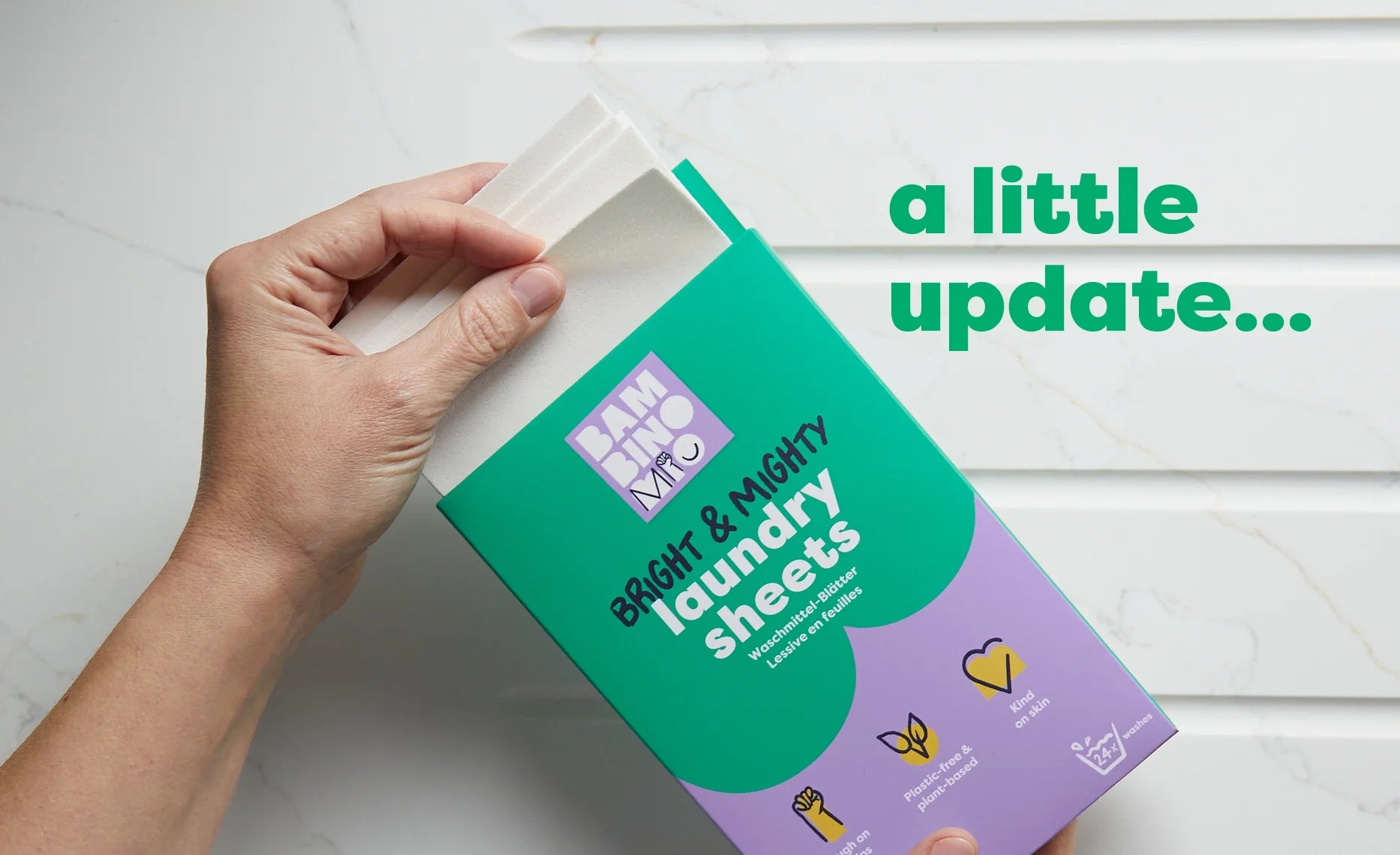What Will My Baby Look Like?
Share Options
- Bambino Mio
- 24 / 10 / 2023
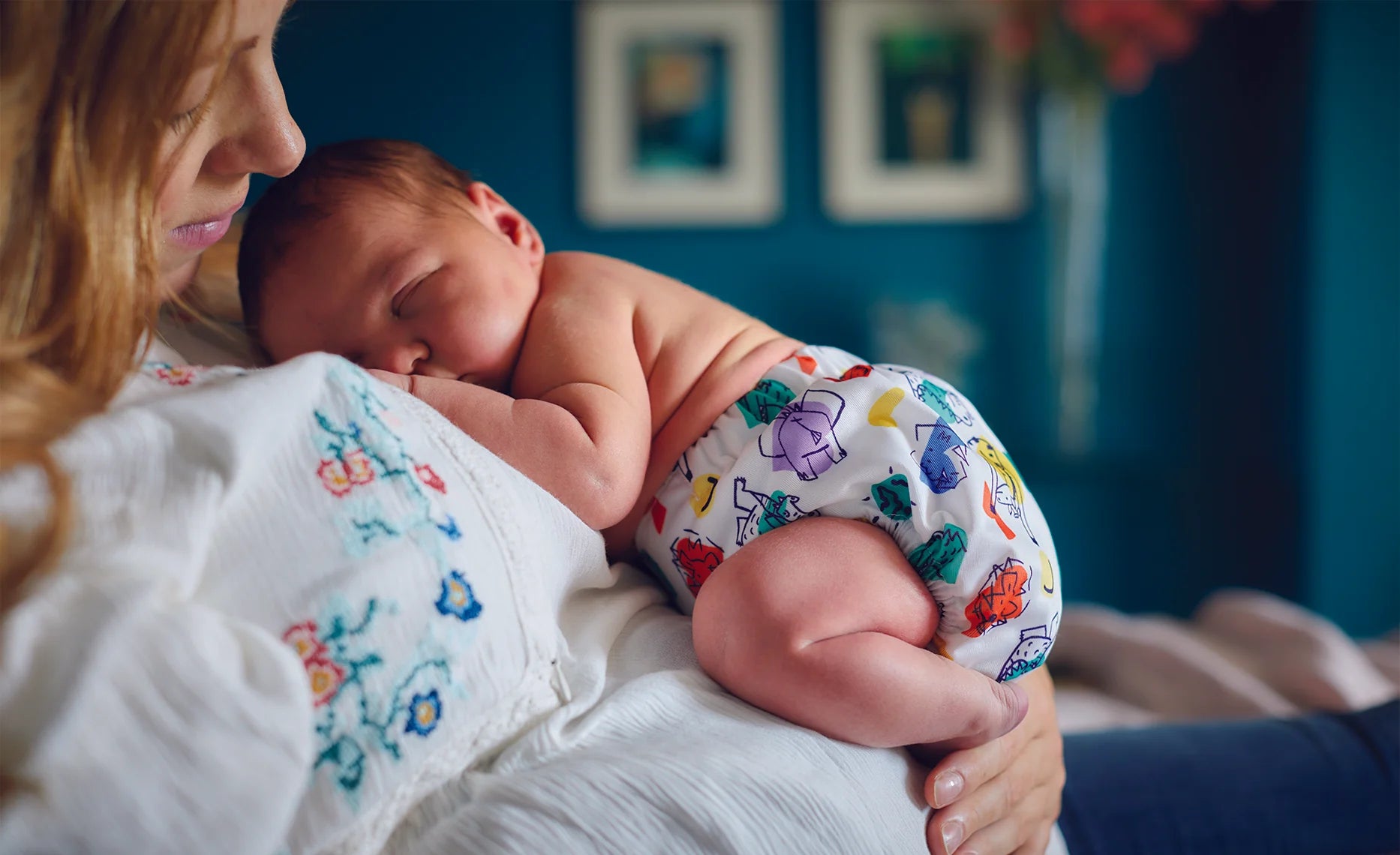
Inside this Article:
- The umbilical cord is pretty weird
- Vernix
- Birthmarks
- Here are the most common marks you might see on your newborn baby
- Lanugo
- Misshapen head
- Caput and cephalohematoma
- Blue hands and feet
- Rashes, milia and acne
- Flaky or dry skin
- Vaginal discharge (if you have a baby girl)
- Don’t worry if you feel a bit surprised by your baby’s appearance
- Citations and References
Many expectant parents imagine that their newborn will arrive looking like a rosy-cheeked plump cherub, all gently-clenched fists and flawless soft skin.
The reality is that most newborns are blotchy, wrinkled and covered in goo. Many newborn babies also have blue hands and feet, as well as a great range of furious facial expressions.
If you’re gazing at your newborn right now and wondering what happened, or if you’re getting ready to meet your baby very soon, this quick guide to their appearance will reassure (or prepare) you.
The umbilical cord is pretty weird
Your umbilical cord looks like a jelly rope! It’s mostly white but has a bluish tint and feels very tough and rubbery. Most umbilical cords range from 24cm (10in) to 60cm (24in) in length, 2cm (1in) in diameter and can be quite hard to grasp as it’s covered in (you guessed it) lots of goo.
You might not even notice the cord as you’ll be quite preoccupied when your baby actually arrives, so you might only get to see the stump once the cord’s cut. This cutting procedure doesn’t improve its looks, however!
Your baby’s cord stump will usually have a cord clamp on it and you’ll see this stump darken, harden and shrivel up over the first week or two of your baby’s life. This doesn’t hurt your baby, but it’s important to keep the stump dry (1) and fold down nappies so they don’t make contact with it as the stump needs to detach naturally.
Vernix
Vernix caseosa (2) is the whitish, waxy substance which covers most of your baby’s body at birth. Some babies have a lot and some only have it in their skin folds, especially if they’re a few days overdue as it gets rubbed away.
Yet another variety of goo, vernix doesn’t look great but you shouldn’t be in a hurry to get rid of it. Vernix protects your baby’s skin from the dry air (3), offers some anti-bacterial protection and also helps to regulate your baby’s body temperature during their first days in the outside world.
Birthmarks
Many newborns have birthmarks and many of these marks disappear in the first few days and weeks of your baby’s life. Your delivery team and paediatrician will check over your baby’s body to make sure there’s nothing to worry about or to advise you if a mark or mole might need attention later on.
Here are the most common marks you might see on your newborn baby
- Stork bites - small red marks, usually on your baby’s eyelids, face, upper lip or the back of their neck, which are caused by stretched blood vessels and usually disappear in 12-18 months
- Port-wine stains (4) - these are vascular purple-red birthmarks on the face and neck and while permanent, you can treat them as your baby gets older
- Congenital naevi (5) - these brown, pigmented moles are usually harmless but you might want to talk to a dermatologist about larger ones as they may need to be removed
- Haemangiomas - or “strawberry” birthmarks usually start off slightly raised and pale but they can darken over the first few years before (usually) fading away by the time your child is six years old
- Cafe-au-lait spots - so called because they’re the same colour as milky coffee, your baby might have a few of these and if there’s a lot of them your paediatric team might need to rule out a condition called neurofibromatosis (6)
- Dermal melanocytosis (7) - once known as Mongolian spots, these harmless marks often appear on the backs or buttocks of babies of African or Asian descent and fade within 2-3 years
Lanugo
Your newborn might be at least partly covered in very fine hair called lanugo. It’s usually found on the back, neck, arms and shoulders and can be quite a surprise to see, but it disappears after a week or so.
Lanugo helps your baby’s skin to retain its vernix and also helps to protect the top layer of skin in the womb. Many babies shed most of their lanugo before they’re born, especially if they’re a little overdue.
Misshapen head
Some babies have a noticeably misshapen head immediately after birth, but thankfully, this almost always resolves within a few weeks.
The most common sort of misshape is the “conehead” (8), which is caused by pressure on your baby’s soft skull bones as they pass through the vaginal canal. It can look quite alarming, but your baby’s skull will return to its natural shape in a few days.
Caput and cephalohematoma
The birth process is tough on the mum and the baby and can often leave swellings and lumps. Caput and cephalohaematoma sound scary, but they’re just that - bumps and swellings.
The pressure from the journey down the birth canal can cause caput (9) - small swellings on your baby’s scalp. These swelling usually come from the pushing during the final stage of labour and almost always resolve within 24 hours.
A cephalohaematoma (10) is underneath your baby’s scalp and takes longer to resolve - anywhere between six and 10 weeks. It’s caused by the pressure on your baby’s scalp breaking blood vessels and squeezing the blood into a “pocket”.
It sounds more serious than caput, but your baby’s body will absorb this blood over a course of a few weeks. One possible complication from a cephalohaematoma is an increased risk of jaundice, so you and your midwife should be alert for signs of jaundice such as lethargy, yellow skin and feeding problems.
Blue hands and feet
It’s natural to worry if we see someone with blue hands and feet, but many babies are born with pale or blue extremities and it’s almost always nothing to worry about.
Blue hands and feet in a newborn baby is known as acrocyanosis (11) and it’s a natural phenomenon that can last for a few days or sometimes weeks. As long as your baby has a pink chest, lips and back, they’re just fine.
Rashes, milia and acne
Your baby might have some rashes and bumps on their skin and this can come as a surprise to many new parents. Newborn skin is very sensitive so you might see some lumps, spots and rashes appearing on your baby's face and body.
They might have milia (12), for example, which is a rash of tiny white bumps, or erythema toxicum (baby acne) which is a rash of little red pustules on their arms, legs, torso and face.
These rashes are very common and will usually resolve within a few days or weeks. If your baby is eating, acting, weeing and pooing normally, then you don’t need to worry or do anything.
Flaky or dry skin
Another aspect of sensitive newborn skin is dry patches and you might notice your baby developing flaky skin, with some newborns shedding a layer of skin a few days after birth!
This looks quite shocking but is perfectly normal. You’ll notice that the skin underneath the shed layer is smooth and healthy, so you don’t need to use any moisturiser or oil.
Vaginal discharge (if you have a baby girl)
If you’ve had a baby girl, you might see some white discharge in her nappy and maybe even some blood after a few days. This is due to mum’s hormones crossing the placenta (13) into your baby’s bloodstream and then their levels falling after birth. Again, it’s all normal and even to be expected.
Don’t worry if you feel a bit surprised by your baby’s appearance
Lots of parents are a bit taken aback by how strange and un-baby like their newborn might look for the first couple of weeks. This phase passes very quickly (often in something of a blur) and before you know it, your baby will enter the cherub stage.
Of course, if you’re worried about blue hands, strange rashes or anything else, talk to your midwife or GP as they’re there to make sure your baby is healthy and well.
Citations and References
(1) National Health Service (NHS). ‘Care of the Umbilical Cord.’ Web. www.mkuh.nhs.uk/patient-information-leaflet/care-of-the-umbilical-cord
(2) Healthline. ‘Benefits of the Vernix Caseosa During Pregnancy and Delivery.’ 2016. Web. www.healthline.com/health/pregnancy/vernix-caseosa
(3) National Institutes of Health (NIH). National Library of Medicine. ‘Unravelling the Mystery of Vernix Caseosa.’ 2008. Web. www.ncbi.nlm.nih.gov/pmc/articles/PMC2763724
(4) National Health Service (NHS). ‘Port Wine Stains.’ 2018. Web. www.gosh.nhs.uk/conditions-and-treatments/conditions-we-treat/port-wine-stains
(5) The Primary Care Dermatology Society (PCDS). ‘Congenital Melanocytic Naevus.’ 2023. Web. www.pcds.org.uk/clinical-guidance/congenital-melanocytic-naevus
(6) National Health Service (NHS). ‘Health A to Z. Neurofibromatosis Type 1.’ 2021. Web. www.nhs.uk/conditions/neurofibromatosis-type-1
(7) National Institutes of Health (NIH). National Library of Medicine. ‘Dermal Melanocytosis.’ 2023. Web. www.ncbi.nlm.nih.gov/books/NBK557408/
(8) Healthline. ‘Why Do Some Newborns Have Coneheads? (And Can It Be Fixed?)’ 2023. Web. www.healthline.com/health/baby/conehead-baby
(9) National Institutes of Health (NIH). National Library of Medicine.’ Caput Succedaneum.’ 2023. Web. www.ncbi.nlm.nih.gov/books/NBK574534
(10) National Institutes of Health (NIH). National Library of Medicine. www.ncbi.nlm.nih.gov/books/NBK470192
(11) Healthline. ‘Everything You Need to Know About Acrocyanosis.’ 2023. Web. www.healthline.com/health/acrocyanosis
(12) Cleveland Clinic. ‘Milia.’ 2022. Web. my.clevelandclinic.org/health/diseases/17868-milia
(13) WebMD. ‘Your Newborn Girl’s Genitals and Bleeding.’ 2023. Web. www.webmd.com/parenting/baby/your-newborn-girls-genitals-bleeding


